Tips and Tricks for Prewriting
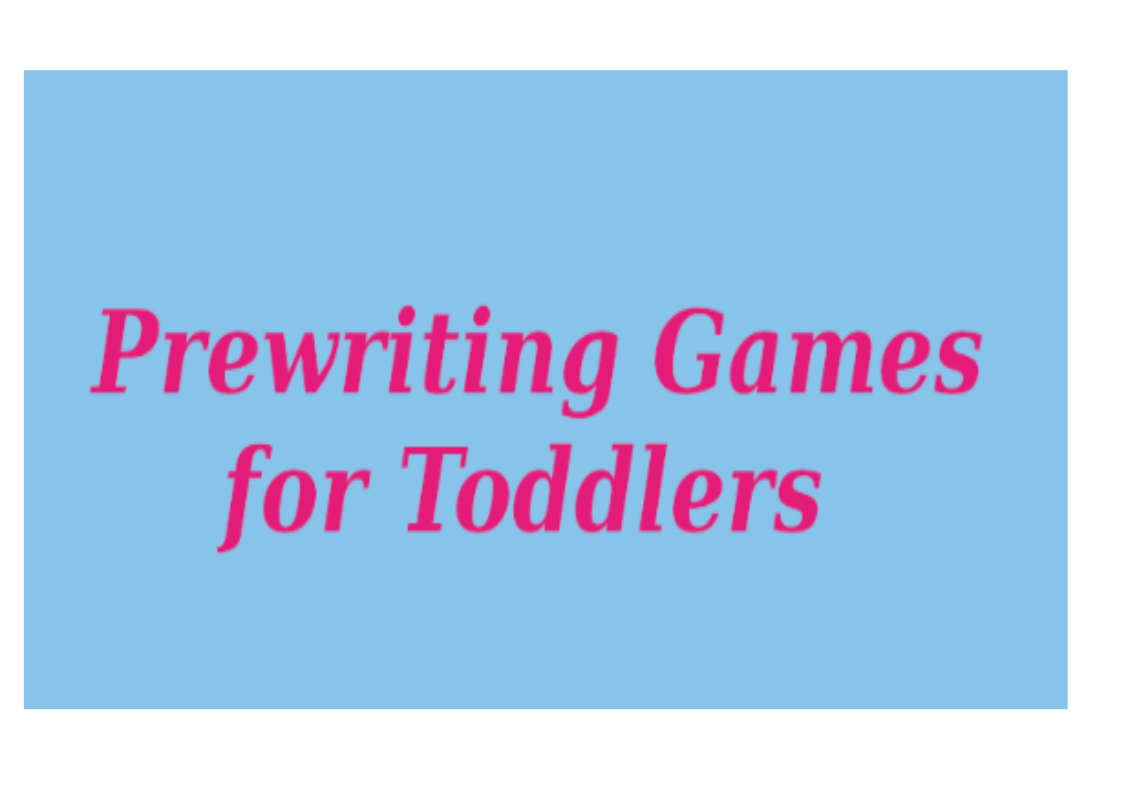
As new moms, we often feel the weight of expectations when it comes to preparing our toddlers (2 or 3-Year-Olds) or preschoolers for kindergarten. One area that tends to create anxiety is the transition from scribbling to writing their first name.
Great news! Handwriting practice doesn't have to stress you or your child. It can be a joyful journey that nurtures their development. Remember, every child is unique. Around 4-5 years old, most gain the hand strength and coordination for a comfortable pencil grip. Embrace a gentle approach, trust their natural progression, and enjoy the incredible moments of growth along the way.
Inexpensive DIY Practical Games:
You don't need to spend a fortune on fancy toys or equipment for these games. They can be easily created using everyday household objects found around your home. These DIY and cost-effective games are not only fun but also provide a valuable opportunity for your child to enhance their fine motor skills and handwriting abilities.
Preparing your child for writing involves nurturing their hand muscles, coordination, and concentration. Everyday activities like brushing teeth,opening doors, turning book pages, using utensils, and playing with toys contribute to their development. Engage toddlers in fun games to enhance fine motor skills and handwriting.
By incorporating play into their learning journey, you can make handwriting practice enjoyable and meaningful for your little ones. A variety of games specifically designed to enhance handwriting skills in toddlers. Let's dive in!
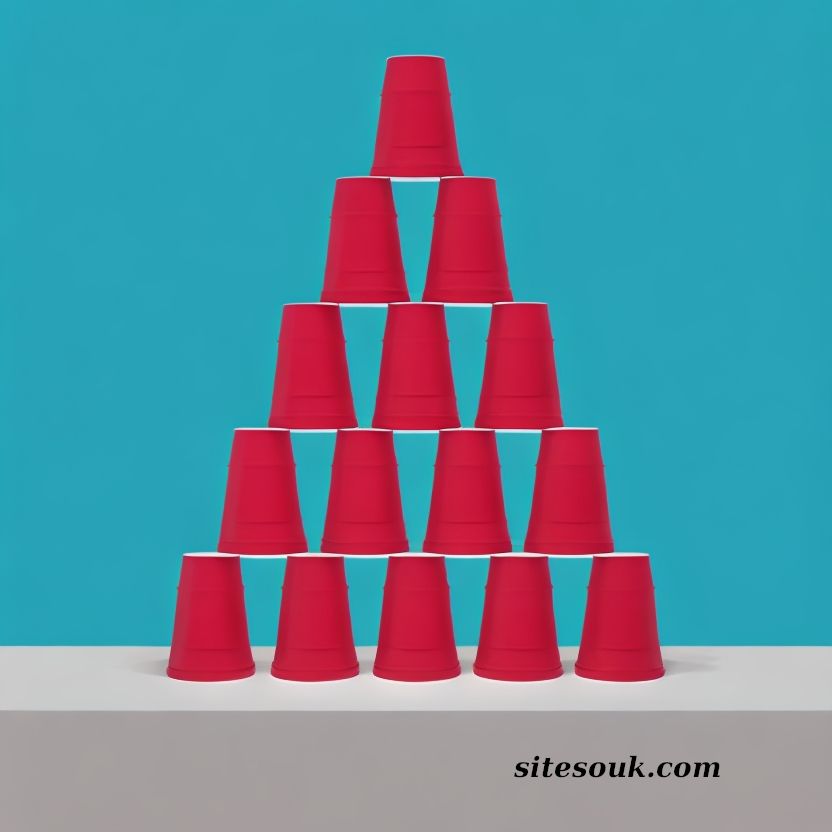
Stack plastic cups : Arrange the plastic cups in a pyramid shape, with a larger base and a smaller stack on top. You can vary the number of cups depending on the difficulty level for your toddler.
For added excitement, place a soft ball or bean bag a short distance away from the cups. After stacking the cups, your toddler can attempt to knock them down by throwing the ball or bean bag. They can then rebuild the stack and repeat the process.
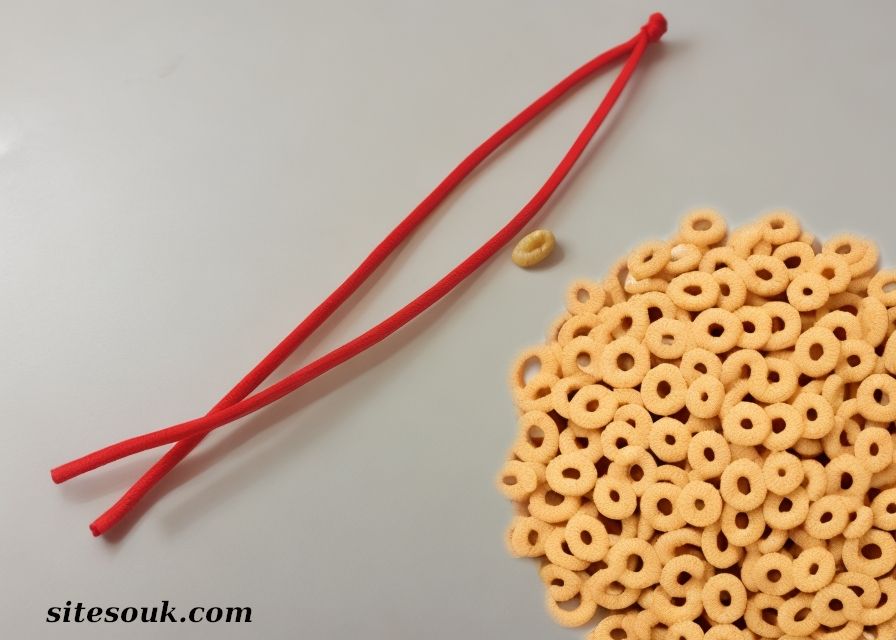
Shoelace and cheerios:
Provide a shoelace and Cheerios.Show your toddler how to thread Cheerios onto the shoelace.Let them independently thread Cheerios onto the shoelace. Encourage counting and color recognition.Optionally, set a time challenge. Tie the ends of the shoelace to create a necklace or bracelet. Enjoy the edible creation as a snack.
Counting challenge: To add a learning element, ask your toddler to count the Cheerios as they thread them onto the shoelace. You can also ask them to identify the colors of the Cheerios if you have a variety.
Celebrate achievements: Celebrate your toddler's achievements and progress during the game. Offer praise, high-fives, or small rewards to make it a positive and enjoyable experience.

Tear or crumple pieces of paper :
Collect a stack of scrap paper or old newspapers that are safe for tearing and crumpling.Introduce the game to your toddler and explain that the objective is to tear or crumple the paper into different shapes or sizes.
Tear challenge: Start with a tearing challenge. Encourage your toddler to tear the paper into various shapes such as circles, squares, rectangles, or triangles. You can suggest specific sizes or let them explore their creativity.
Or provide your toddler with scrap paper and encourage them to tear it into smaller pieces. This enjoyable activity not only strengthens their hand muscles but also enhances bilateral coordination. Additionally, shredding paper into irregular pieces can be a great way to release tension and stress.
Crumpling challenge: Move on to a crumpling challenge. Instruct your toddler to crumple the paper into different sizes or try to make the smallest or largest crumpled ball.
To add an extra element of fun, turn it into a game of fetch by throwing the crumpled paper ball and having your dog retrieve it. You can also explore different sizes of balls by rolling and tossing them together. Let the playful exploration begin!
Scoring system: Create a simple scoring system to make it more game-like. For example, assign points for tearing or crumpling specific shapes, or award points based on size or distance thrown.
Target practice: Set up a target or basket and turn the game into a throwing challenge. Have your toddler crumple the paper into balls and aim to throw them into the target. Increase the difficulty by moving the target farther away or creating obstacles.
Sorting or matching game: Create a sorting or matching game by tearing or crumpling pairs of paper with similar colors or patterns. Mix them up and challenge your toddler to find the matching pieces.
Cleanup race: Turn the cleanup into a race by scattering torn or crumpled pieces of paper around the room and challenging your toddler to collect and put them in a designated container within a set time.
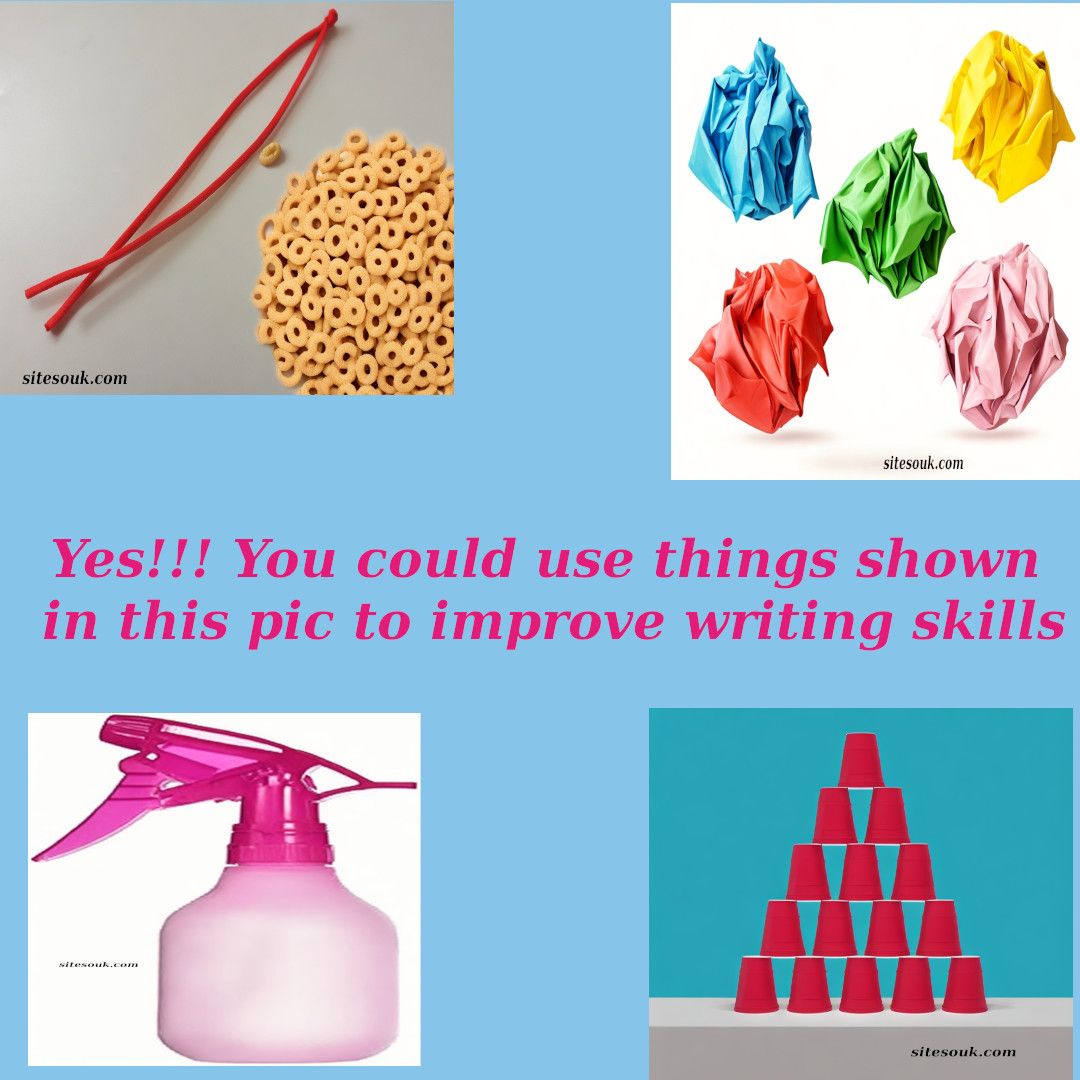
Squeezing a sponge:
Place two containers side by side, one filled with water and the other empty, on a tray or in a designated area.Introduce the game to your toddler and explain that they will be participating in a water transfer challenge using a sponge.Show your toddler how to dip the sponge into the container with water and then squeeze it over the empty container to transfer the water.
Transfer challenge: Challenge your toddler to transfer as much water as they can from the filled container to the empty container using the sponge. Encourage them to squeeze the sponge firmly to extract the water.
Time challenge: Set a timer for a specific duration, such as one minute, and challenge your toddler to transfer as much water as possible within that time frame. Encourage them to work quickly and efficiently.
Distance challenge: Create a distance challenge by placing the two containers at different distances from each other. Challenge your toddler to transfer water from one container to the other by squeezing the sponge and aiming the water accurately.
Target challenge: Create targets by placing various objects or toys inside the empty container. Challenge your toddler to squeeze the sponge and aim the water to hit the targets, trying to knock them down or move them.
Team challenge: If you have multiple toddlers or family members, divide them into teams. Each team gets a sponge and takes turns transferring water from one container to the other. The team that transfers the most water within a set time wins.
Obstacle course: Create an obstacle course using household objects or toys around the play area. Challenge your toddler to navigate the course while transferring water from one container to the other using the sponge. They must avoid obstacles and complete the course with the most water in the empty container.
Finger painting techniques: Prepare a large sheet of paper or a designated painting area for your toddler. You'll also need a container with water and some paint brushes or sponges. Introduce the game to your toddler and explain that they will be using their fingers to create artwork on the paper.
Water finger painting: Dip your toddler's fingers in the container of water and encourage them to create finger paintings on the paper. They can experiment with different finger movements, patterns, and strokes to make unique designs.
Colorful finger painting: If you have non-toxic and washable finger paints, you can use them instead of water. Provide a palette of different colors and encourage your toddler to dip their fingers in the paint and create colorful finger paintings on the paper.
Object tracing: Introduce a challenge by placing various objects with interesting shapes, such as leaves or cookie cutters, on the paper. Encourage your toddler to trace the outline of the objects using their fingers and create patterns or designs around them.
Coloring Pages: Gather your coloring pages of farm animals, wild animals, and cute foods from my website.Prepare finger paints or non-toxic markers that are suitable for finger painting.
Sorting Game:
Use different coloring pages based on farm animals, wild animals, and cute foods. Shuffle them to ensure a random arrangement. Ask your toddler to sort the pages into the correct categories before starting the painting activity. This game helps them develop categorization skills and enhances their understanding of different themes.
Color Exploration: Encourage your toddler to explore different colors and experiment with mixing them using their fingers. They can create unique color combinations on the coloring pages, making the animals and cute foods even more vibrant and interesting.
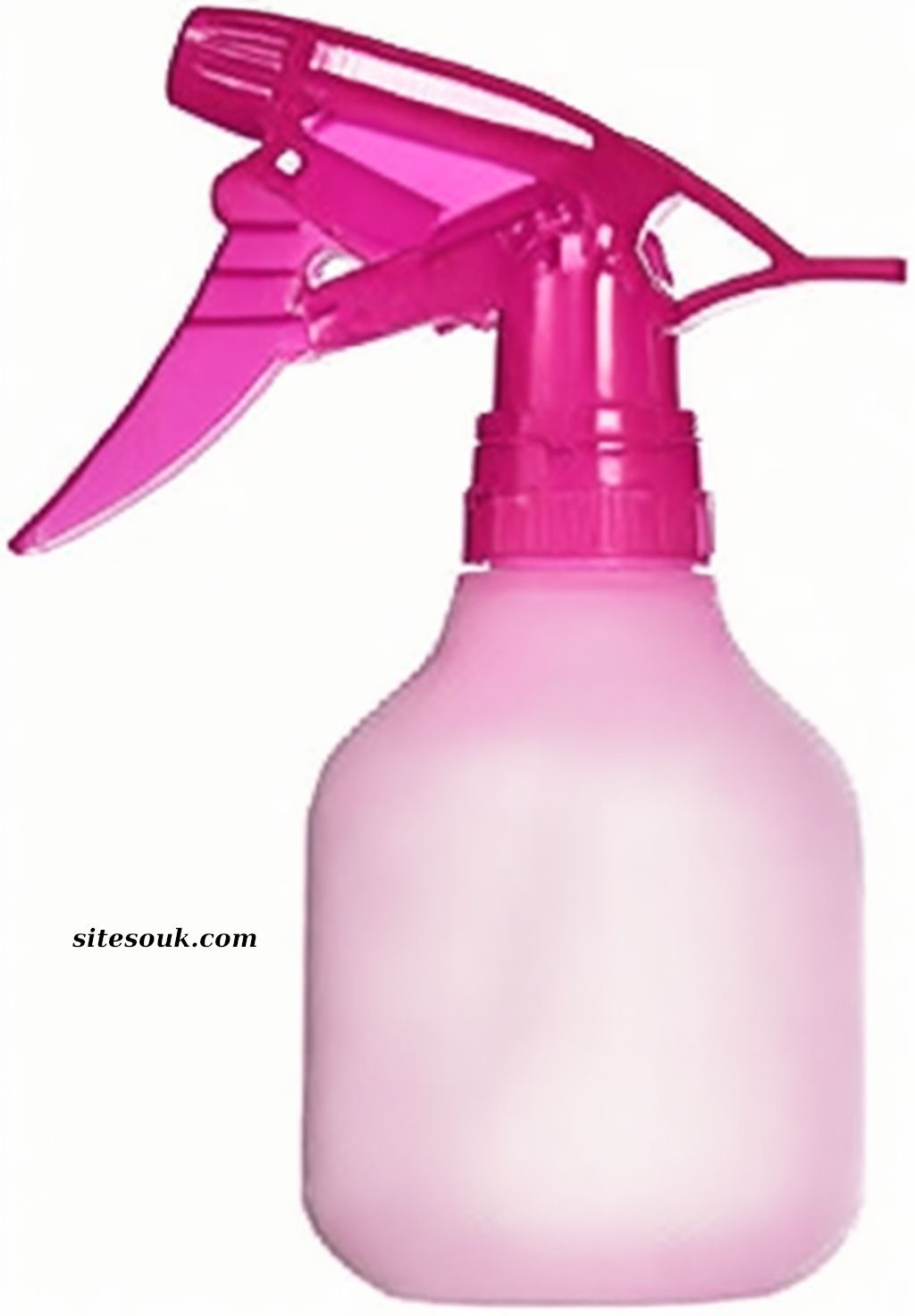
Spray Bottle Game:
Prepare a spray bottle filled with water. Ensure it is child-friendly and has a gentle mist spray.Create a designated play area, preferably outdoors or in an easily cleanable space.Set up various targets or objects in the play area. These can include plastic cups, lightweight balls, or even colorful targets drawn on a wall or pavement.Explain to the toddler that their goal is to use the spray bottle to hit the targets or objects.
Add additional challenges: such as setting up targets at different distances or incorporating numbers or shapes on the targets for educational purposes.
Object tracing:
Transform this activity into an outdoor summer adventure by drawing shapes on various surfaces such as walls, fences, pavement, trees, porch and shrubs.
Embrace the summer spirit with an outdoor water play activity! Utilize chalk to draw enticing shapes on walls, fences, pavement, trees, porches, and tiles. Once the shapes are set, hand the toddler a spray bottle filled with water and encourage them to spray and fill in the outlined shapes. This delightful outdoor adventure promotes creativity, hand-eye coordination, and offers a refreshing way for toddlers to explore shapes while enjoying the summer vibes.
Misty Plant Adventure:
Set up a garden or indoor area with various potted plants.Assign each plant a point value based on difficulty or size.Provide the toddler with a spray bottle filled with water.Challenge them to mist the plants and earn points by successfully hitting the target plants.Encourage them to move around, aim carefully, and keep track of their points.
Wipe-Down Challenge:
Prepare a designated area or surfaces that need wiping, such as tables, chairs, or windows.Divide the surfaces into sections and assign a point value to each section.Provide the toddler with a spray bottle filled with water and a soft cloth or sponge.Instruct them to spray the surface and wipe it clean, earning points for each successfully cleaned section.Time their progress or set a goal for them to achieve within a specific time frame.
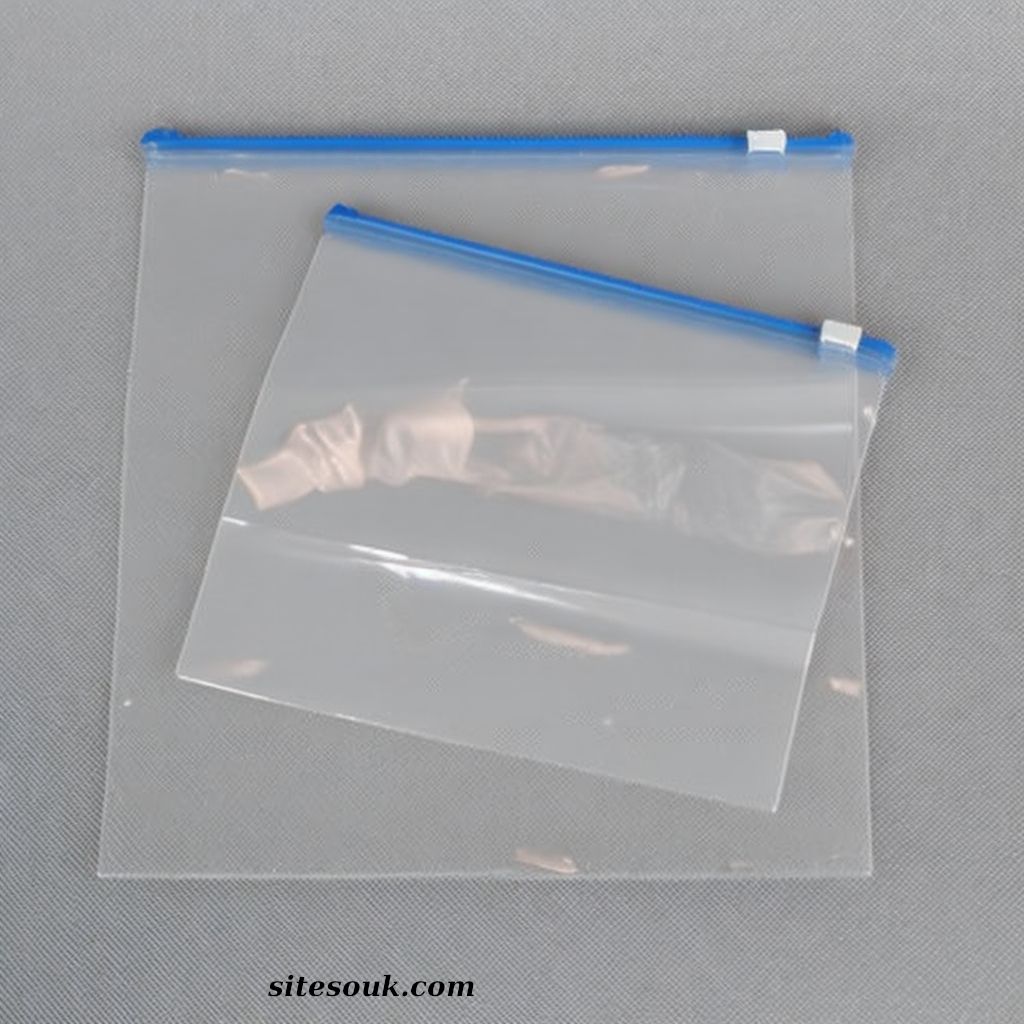
Zip Lock Game: Gather a few zip lock bags of different sizes. Demonstrate to the toddler how to open and close a zip lock bag by sliding the zipper along the track.Place small crumpled papers or objects or toys inside the bags, ensuring they are safe and age-appropriate.Arrange the zip lock bags in a row or on a tray in front of the toddler.
Explain that it's a "Zip Lock Challenge" game where they need to open and close the bags as quickly as possible. Set a timer for a specific duration (e.g., 30 seconds or 1 minute).Encourage the toddler to open each bag, take out the object, close the bag securely, and move on to the next one.Count and celebrate the number of successfully opened and closed bags within the time limit.
Offer positive reinforcement and cheer them on to motivate their performance.Repeat the game, challenging them to beat their previous record or set new targets for the number of times they can open and close the bag.
Zip Lock Frenzy: Provide the toddler with a zip lock bag.Explain that the goal of the game is to open and close the bag as many times as possible within one minute. Set a timer for one minute and let the game begin!
Encourage the toddler to hold the zip lock bag open with one hand and then quickly close it by sliding the zipper with their other hand.Count and celebrate each successful opening and closing of the bag within the time limit.
Playing the "Zip Lock Frenzy" game helps improve hand-eye coordination, fine motor skills, and the ability to perform repetitive actions within a set time frame. Make sure to provide supervision throughout the game to ensure safety and offer assistance if needed.
Rolling Socks: will be adding more……….
Remember to choose activities that are age-appropriate and supervise your child during these activities to ensure their safety. Engaging in these activities regularly will help develop their hand muscles and fine motor skills as they prepare for future writing tasks.